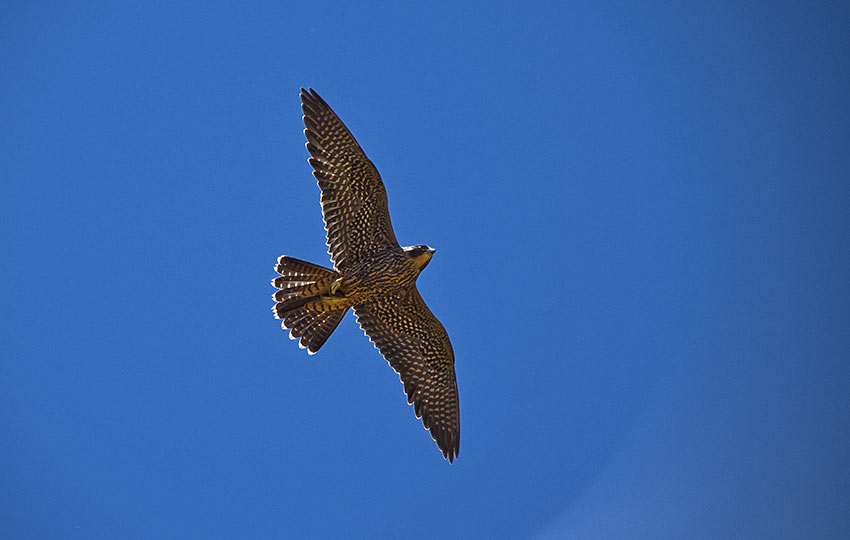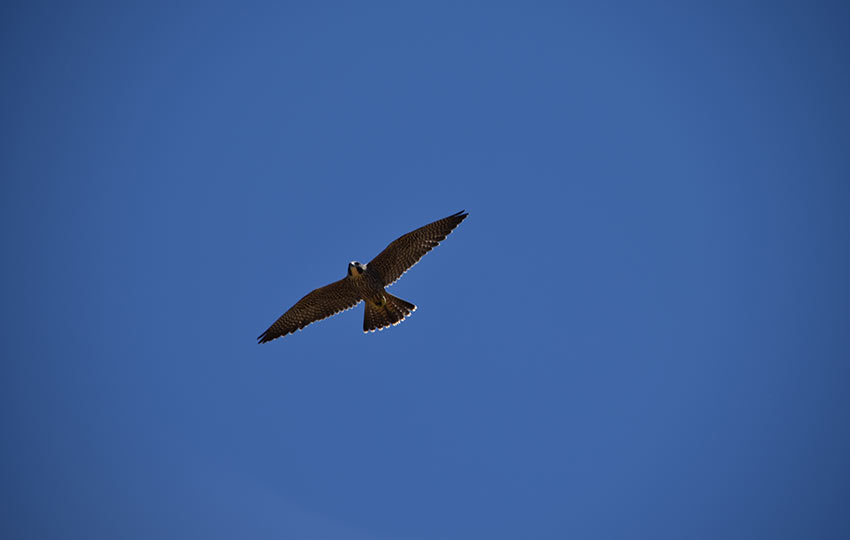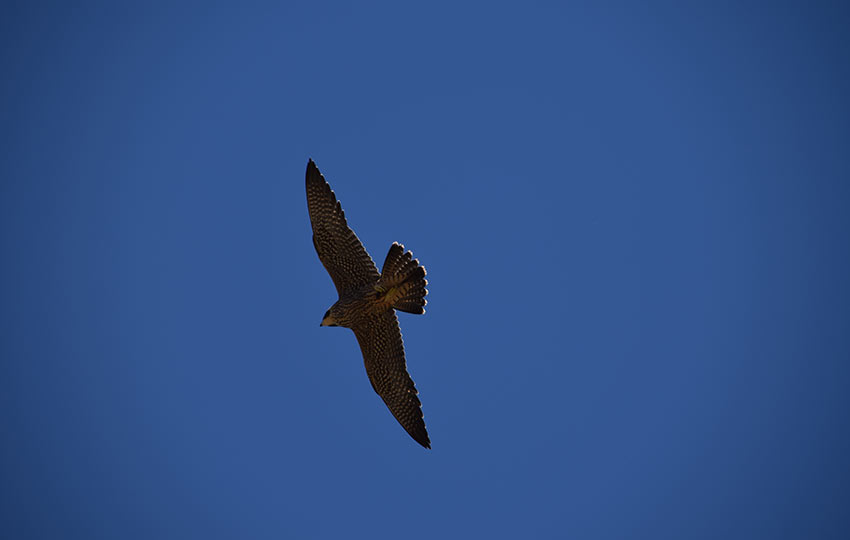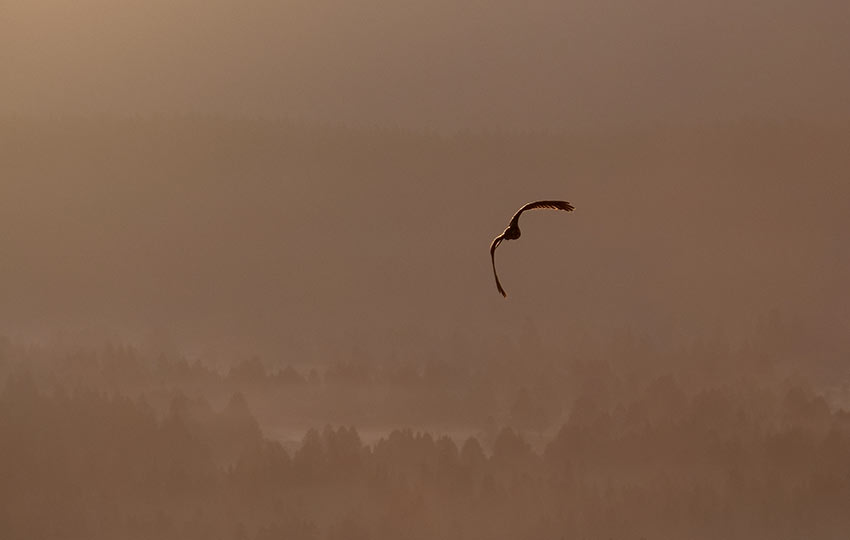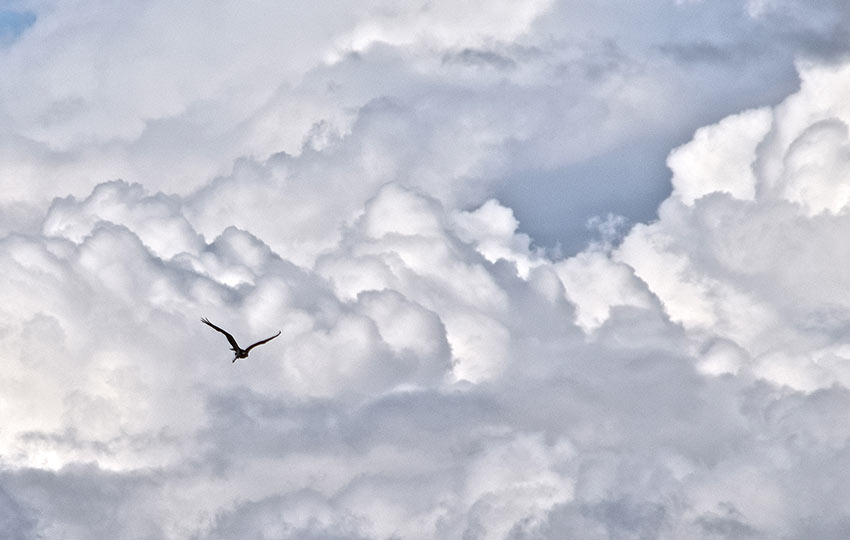
All artists struggle with definitively completing a piece of art, whether it be a written work, movie, sculpture, painting, or photograph. The challenge stems from not knowing when to stop working or editing the piece in question. We all believe that if we just added a few more highlights or brushstrokes over here or cut these sentences and clips and then pasted them over there … but wait, what if we used this filter …?
Believe me when I say the struggle is real!
Even if the artwork you’re obsessing over right now ultimately becomes your greatest work, you’ll never know it because that won’t be determined until long after you’re gone.
Support Tahoe Trail Guide with a financial contribution via PayPal (single contribution) or Patreon (reoccurring contributions). Your support of Tahoe Trail Guide is very much appreciated!

At some point you have to make the hard call and just be done with the thing. But at what point is the artwork finished so that you can make that call?
That, ladies and gentlemen, is the million-dollar question. All artists throughout the history of mankind have faced this dilemma with every piece of art they’ve ever created. The reason for this is simple. We all want to put forth our best effort and create something beautiful, extraordinary, and without regret.
We want to get everything just right … just perfect.
But here’s the rub … and I’m paraphrasing list item number 8 of the Cult of Done Manifesto … perfection is the enemy of completion.
If you seek perfection, you will never finish anything because there will always be something that you could do to make your work more perfect.
However, great art is like a sweater in that every aspect of it is connected and works together in harmony. If you give that string a tug, the whole thing is going to be affected. So all that obsessive tinkering you’re doing at the end of your project (because you just can’t seem to let it go) will only create misery for you. You’ll forever be chasing down that just-out-of-reach illusive element that will make your art “perfect.”
Admittedly, I’ve succumbed to this sickness of the mind (which is a complete misunderstanding of the nature of perfection) once or twice during my lifetime.
When you reach this point during the creation of your artwork, resist the temptation to keep toiling with it. Know that it’s better to leave things slightly undone rather than to overcook it.
People would much prefer to see your potential rather than your regret.
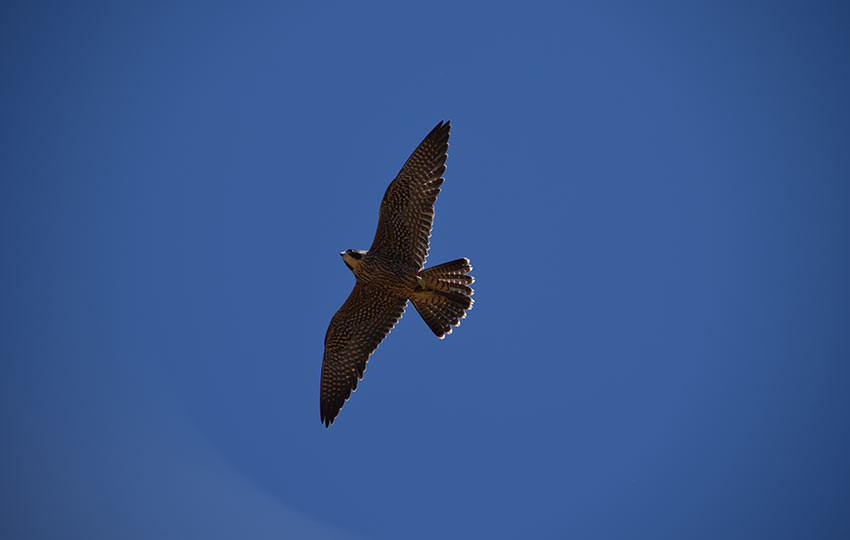
Great art manifests organically based on an artist’s skills, experience, choices, circumstances, and it most likely includes a healthy dash of luck or a fortuitous accident. It also manifests within a finite amount of time.
Start with a plan, idea, or concept in mind when you approach your work, and adhere to the principles of the medium in which you’re working, but be flexible and adaptable. And know when to say when.
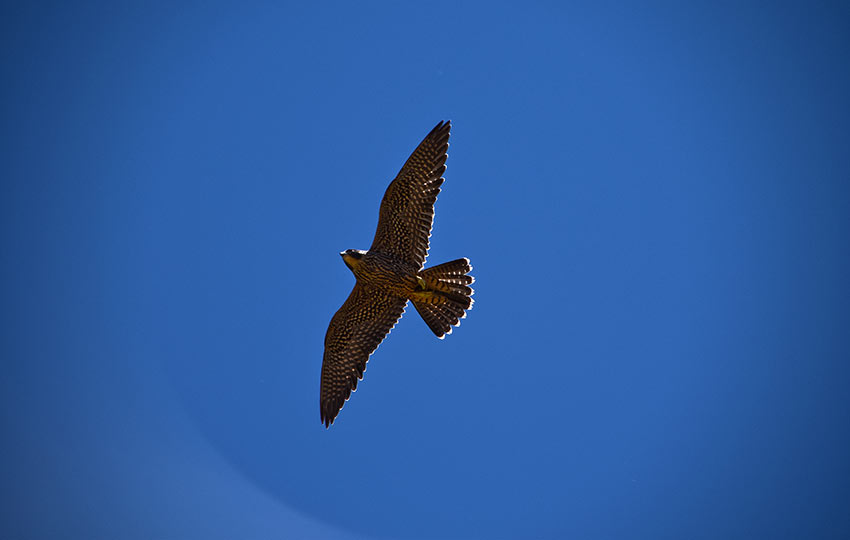
The creative process takes as long as it takes, with some projects requiring many years to complete (like novels or feature length movies). However, when the spark is gone, so will any life that the project ever had. Be wary of dragging things out for too long.
Don’t get me wrong. There will always be situations when adding some finishing touches (after contemplating your work for a few days) will make the piece pop.
However, I know artists who have obsessed over their work for years after they’ve finished it believing that if they just tried this or that the piece would be perfect.
But guess what?
That project is a trap and a dead end. It’s a shitty relationship you’ll keep coming back to and always be disappointed with. It’s ludicrous to think that you can return to a project 30 years later with new skills, experience, technology, and disposition in order to “fix” or “finish” it. You’re not going to make it better, you’re only going to succeed at making it different (and probably worse, to be honest).
The artwork in question will look tired, worked to death, and confused. Give it all you’ve got for that duration of time when your inspiration and motivation is high, and then be confident enough to call it done and walk away from it.
No matter what, don’t pull a George Lucas.
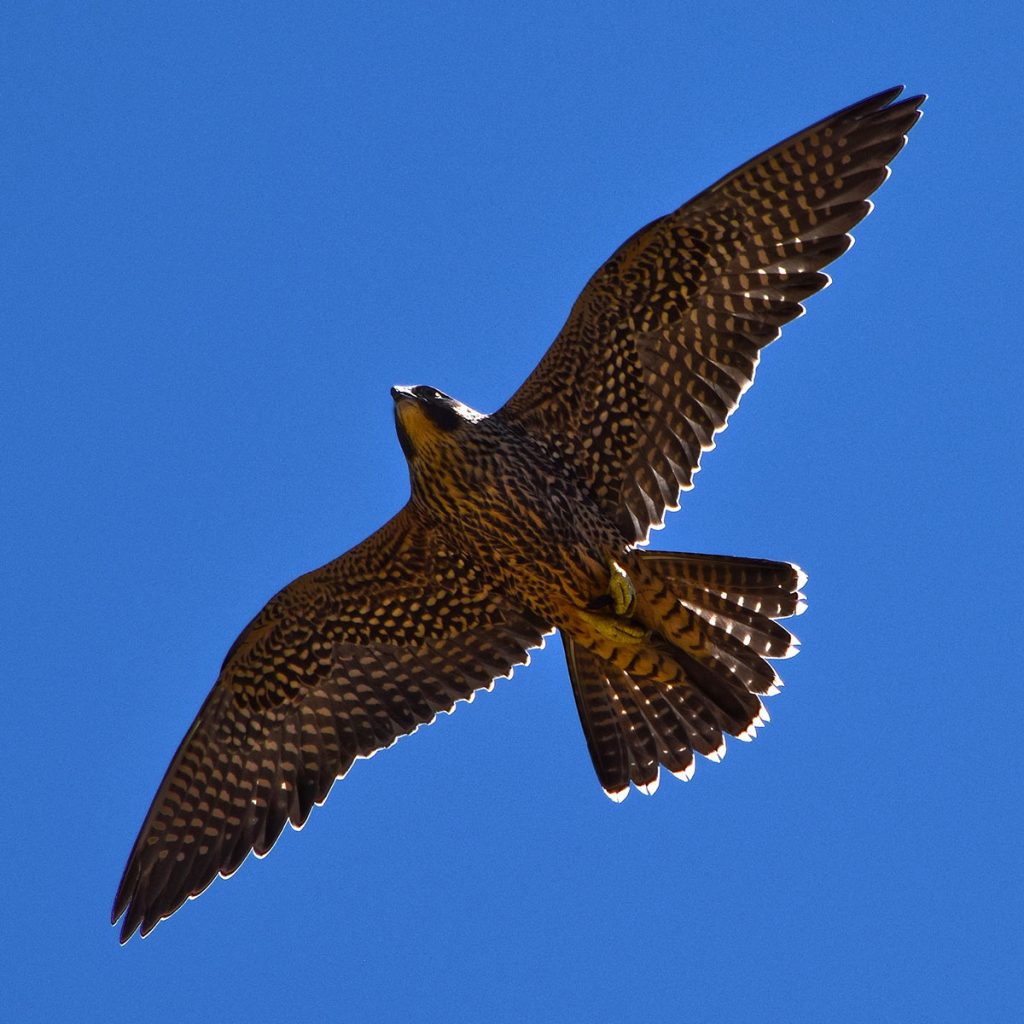
As you can probably tell from this commentary, perfection is not something I seek (nor encourage others to seek) when creating art or performing any other task, for that matter.
Rather, I focus on creating work that exhibits quality. I realize that quality is probably just as subjective as perfection. However, I would argue that at least there’s greater leeway in its interpretation.
Perfection is akin to capturing lightning in a bottle. You can’t plan it. You can’t predict it. You can only hold it for a brief moment if, in the meantime, you’ve been preparing and developing your skills with an emphasis on producing quality work.
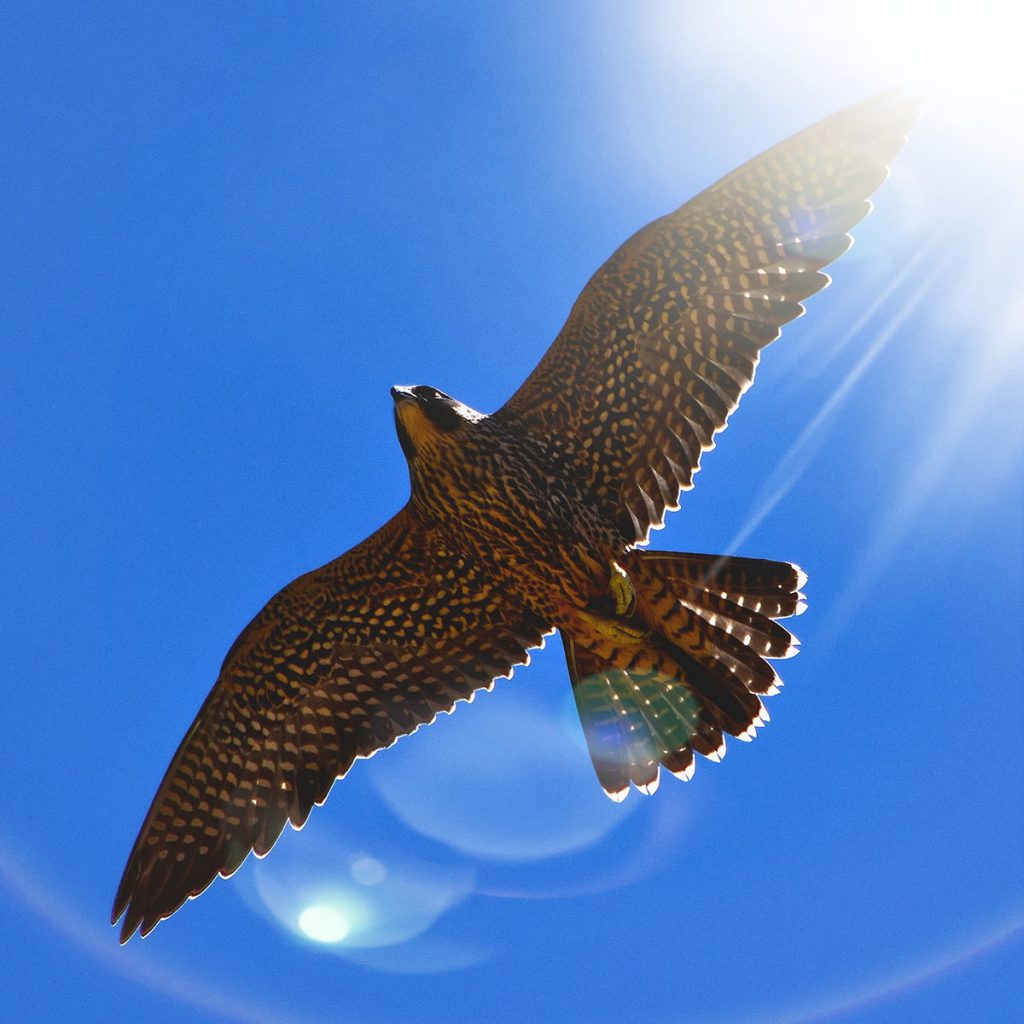
The pursuit of “perfection” is a rabbit hole even Alice would know not to venture down. If you want to actually complete your art, project, or work and get on with your life (and get more stuff done!) you need to be able to let it go when the time is right.
And right might not be perfect in your mind, but that’s OK. Just get it done and move on.
In future articles I’ll outline the benchmarks or “controls” by which I determine whether or not my own art and photography exhibits quality.
